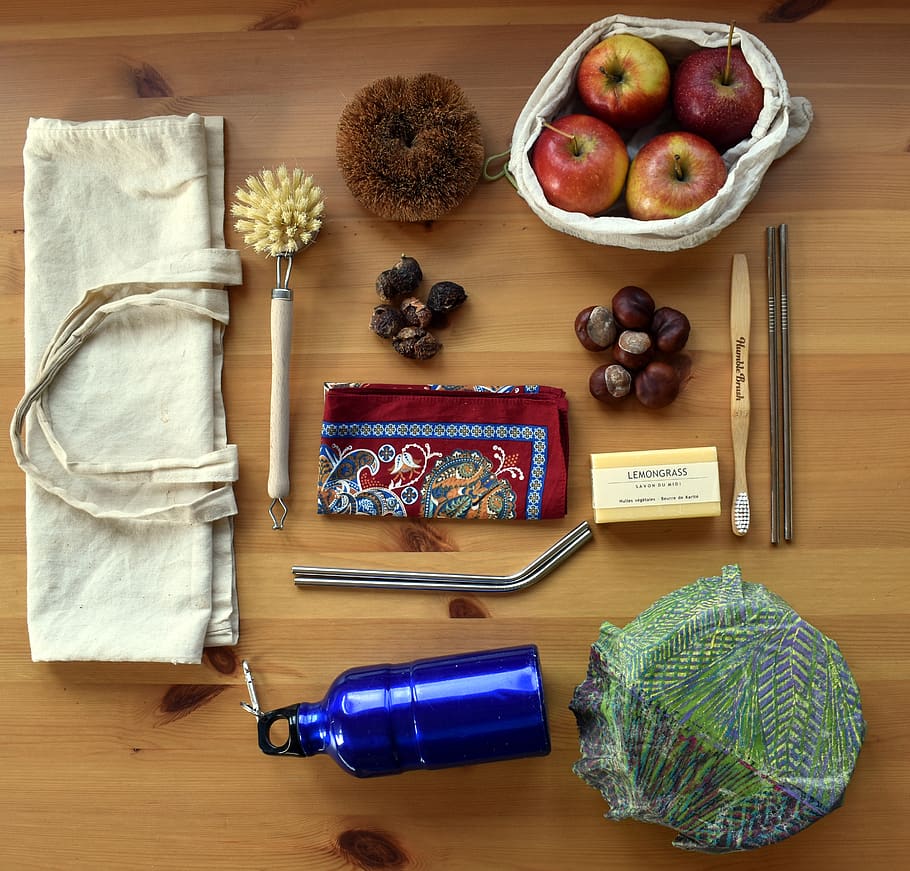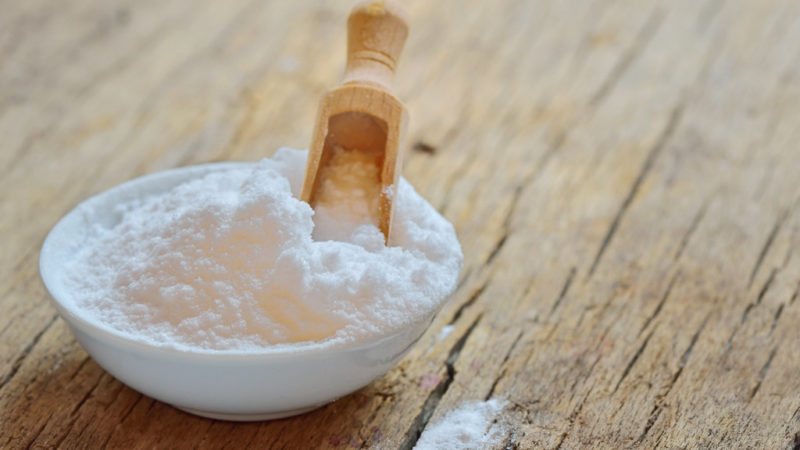6 Ways To Start Your Zero Waste Kitchen Journey

Are you planning to follow a zero-waste kitchen routine? If yes, then you are in the right place.
With the increasing awareness of the environment, the Zero Waste kitchen becomes an important step to take.
Following zero waste kitchen routine may take some time. You will have to pay attention to what you buy, their packaging and kitchen waste, etc.
It may feel overwhelming initially, but as time goes by, you will get a hold on everything.
Here are some easy ways to follow Zero Waste Kitchen routine
1. Shop with reusable containers and bags
Before stepping out of the house for grocery shopping, make a list of things you will need and carry bags and containers accordingly. For instance:
- Glass jars for items like seeds, flour, nuts, tea, spices, honey, coconut oil and so on
- Metal containers, such as tiffins for meat and fish
- Cloth shopping bags or homemade cloth bags for foods like pasta or cat food
Different stores handle the containers differently. You can let them weigh an empty container’s weight first. You wouldn’t want to pay for the heavy glass container’s weight for a few grams of tea. Following this routine will prevent any plastic kitchen waste, you consume everything that you buy.
2. Hit the bulk aisle
Try to shop from bulk sections to make Zero Waste Kitchen shopping easier. Buying items like flour in bulk reduces the ratio of packaging to product. You can also share this routine with a friend or neighbor who is into zero waste kitchen.
3. Buy fewer ingredients
Buy a few ingredients. We all have a habit of bulking lot of items for the kitchen. Let’s say you buy lots of baking powder to use for food, cleaning, washing, etc. when you run out of ingredients, try to use their staple. For instance, make baking soda can be made from tartar cream and baking soda.
4. Ditch the disposables
To minimize Kitchen waste disposal, Avoid or minimize the disposables as much as possible. Use small cotton cloth instead of paper towels and plates to cover instead of plastic wraps. And also switch to dishwashing soaps instead of liquids in plastic bottles. These small little things will make it easier to practice zero waste kitchen.
5. Recycle as a last resort
To avoid putting garbage in kitchen waste bins follow recycling. When plastic is recycled, it is actually downcycled to be used in shopping bags, toothbrushes, and plastic bottles, etc.
Instead of throwing away stuff find a way to recycle and reuse them.
6.Kitchen Waste Compost
Anything that cannot be reused, simply compost. Composting is excellent to minimize the home’s footprint. With so many Kitchen waste compost outside, you don’t have to worry about large backyard space.
You can find different types of kitchen waste compost at different price ranges and maintenance levels.
You can also try compost collectors. These kitchen waste compost collectors, gather food waste from houses and toss them in the composter. You can also get your hand on a fancy steel collector bin, which prevents the odor while breaking down the food.
Final Words:
Zero Waste is a lifestyle, and following the zero waste kitchen routine will be the first step. The main aim is use products that can be used and composed instead of throwing in kitchen waste bins.
Going Zero waste does not literally means no waste product at all. This is just a way of trying to live a less wasteful life.
The above-mentioned steps will help you to start your journey of Zero Waste Kitchen. So let’s get cooking and make the kitchen a less wasteful space.






